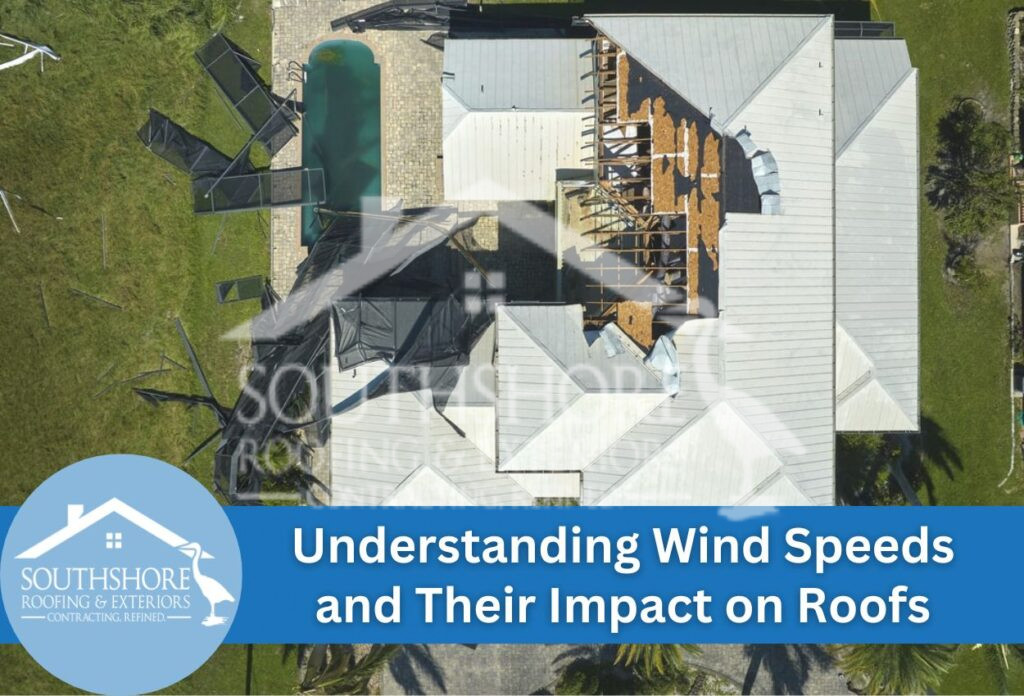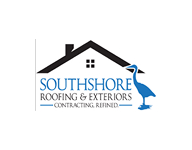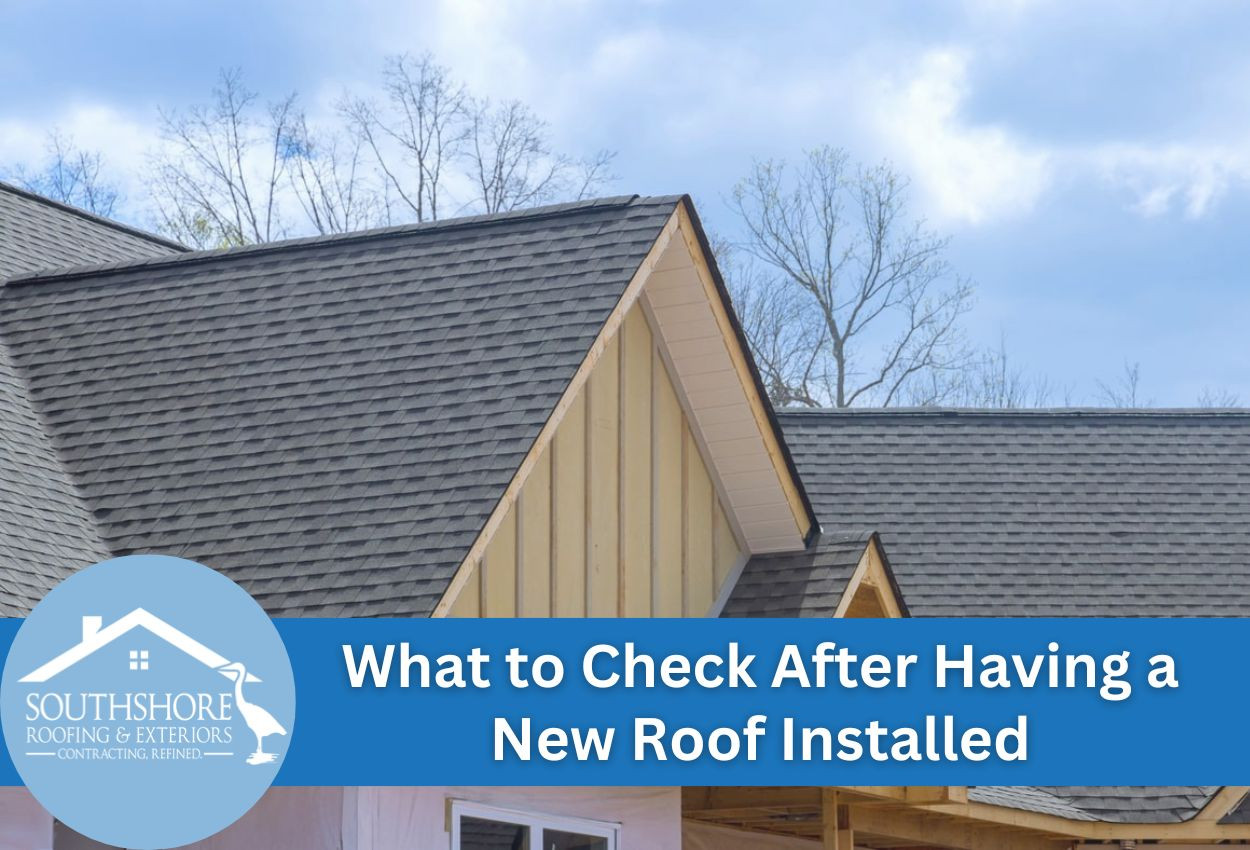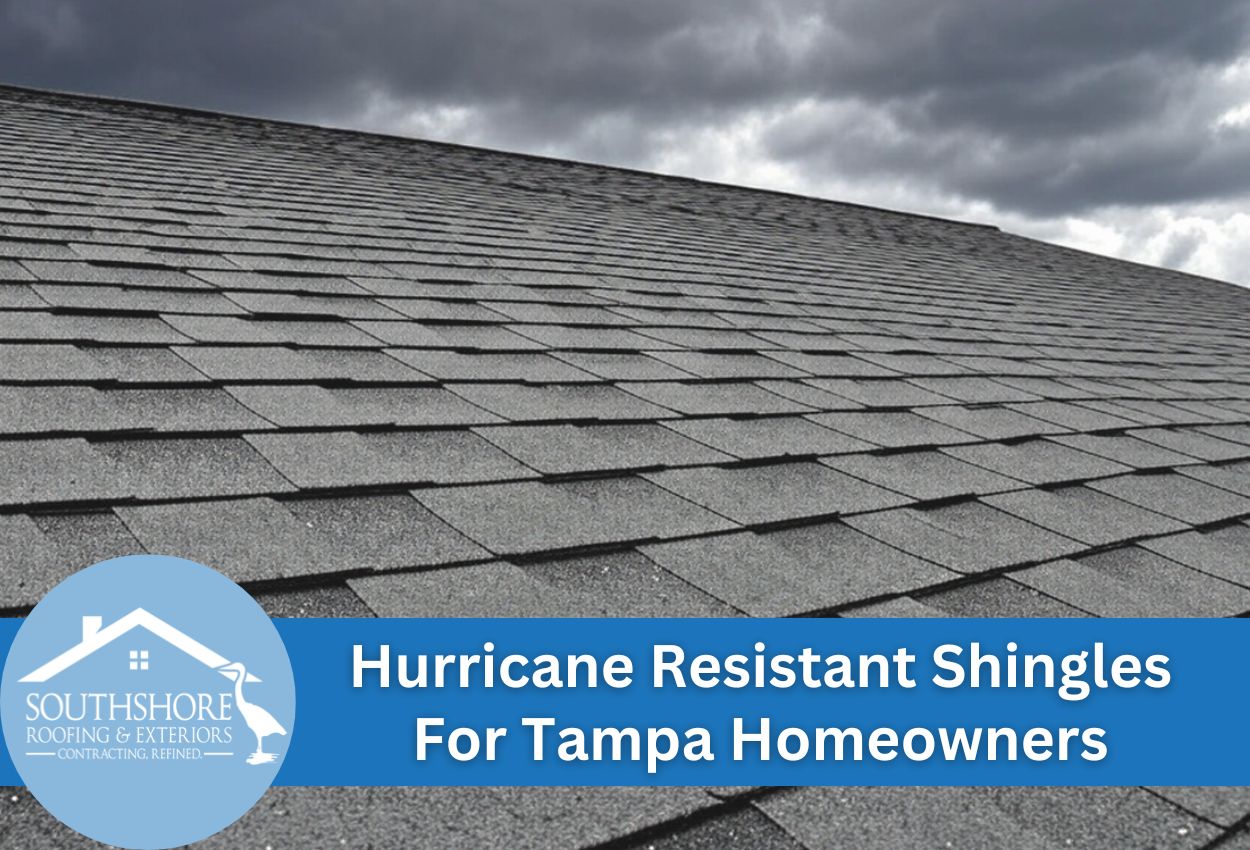
When fierce winds sweep through an area, one of the first casualties is often the roof of a house. But just how fast does the wind need to be to cause damage to a roof? This question not only concerns homeowners, but also demands attention from professionals in regions frequently affected by high winds. In this article, we explore the varying thresholds that roofing materials have for wind and their corresponding impacts on roofing structures.
Wind damage to roofs can range from minor annoyances to significant structural damage. For instance, it might take only a moderately strong gust to dislodge loose shingles, while more intense winds are capable of ripping shingles entirely off the roof or even causing more severe structural damage. Understanding these distinctions is crucial for effective prevention and management of wind-related roof damage.
In this blog post, we’ll describe the ways roofing materials are impacted by different wind speeds and the maintenance practices you can take on in order to protect your roof from further harm. Keep reading for a foundational understanding of how wind speeds can affect your roof and practical tips on safeguarding your home against strong winds.
How Does Wind Damage Look On A Roof?
Wind damage on a roof typically shows itself in several visible ways. Shingles may be missing, cracked, or lifted, often exposing the underlayment beneath. These lifted or curled shingles then allow water into the roof. Wind can also displace or loosen flashing around critical areas like chimneys, vents, or skylights, which increases the potential for leaks.
Asphalt shingles might also lose their shingle granules, which show up in the gutters, leaving them bare or weakened. In more severe cases, sections of the roof deck may become exposed, and debris like fallen branches can indicate where the damage occurred. Additionally, gutters, downspouts, and soffits might be bent or detached.
Wind Speeds And Their Effect On Roofs
Many homeowners are concerned with the idea that as wind speeds increase the likelihood for the roof to become damaged increases as well. The transition from minor damage to significant structural issues can occur with only a slight increase in wind velocity, making understanding the thresholds for damage that certain roofing materials and parts have, essential.
Initially, wind speeds of approximately 45 to 50 mph might only displace shingles that are already loose. This is the speed that wind needs to go to blow off loose shingles, marking the beginning of visible roof damage. As these winds persist or increase in speed, the potential for further damage grows significantly. Wind speeds reaching 60 to 70 mph are not only capable of displacing more securely attached shingles but also peeling away at the rest of the roofing structure.
When wind speeds exceed 75 mph, they can rip off shingles completely, exposing the underlayment and the structural elements of the roof such as the roof deck. This is the critical speed that wind needs to go to cause significant roof damage. Beyond this point, at speeds over 90 mph, roofs can sustain severe structural damage, jeopardizing the integrity of the entire building.
Post-Storm Roof Inspections and Maintenance
After experiencing high winds, it is crucial to conduct professional roof inspections to assess any damage that may have occurred. This step is vital as it helps professionals identify issues that could lead to severe problems if they were left ignored. During these inspections, professionals look for signs of damage caused by wind, including those that indicate the speed the wind was going.
Homeowners should also perform self-assessments before professional inspections to prepare. During these assessments, it is essential to look for visible signs of damage such as loose or missing shingles, which often occur when wind speeds reach the threshold capable of blowing off loose shingles. Check for signs of water leaks in the attic or water stains on ceilings and walls too, which also indicate roof damage. These preliminary checks are crucial in order to carry out immediate temporary measures to reduce further damage until professional help arrives.
Professional roof inspections after wind damage are critical in ensuring the safety and integrity of your home. They help homeowners make informed decisions about necessary repairs or replacements, and encourage them to implement tips that mitigate damage from strong winds in the future. Regular maintenance, such as securing loose shingles and ensuring proper roof installation, can significantly reduce the risk of damage during future wind events.
Protect Your Roof with SouthShore Roofing & Exteriors
Don’t wait for the next storm to take action. Contact SouthShore Roofing & Exteriors today at (813) 400-3329 for a professional roof inspection and expert guidance on reducing wind damage. Safeguard your home from loose shingles, significant roof damage, and structural threats caused by high wind speeds. Our team offers tips for homeowners to help them prepare and protect their roofs, ensuring durability against strong winds. Call us now to schedule your post-storm roof inspection and take proactive steps to fortify your roof against wind damage.





